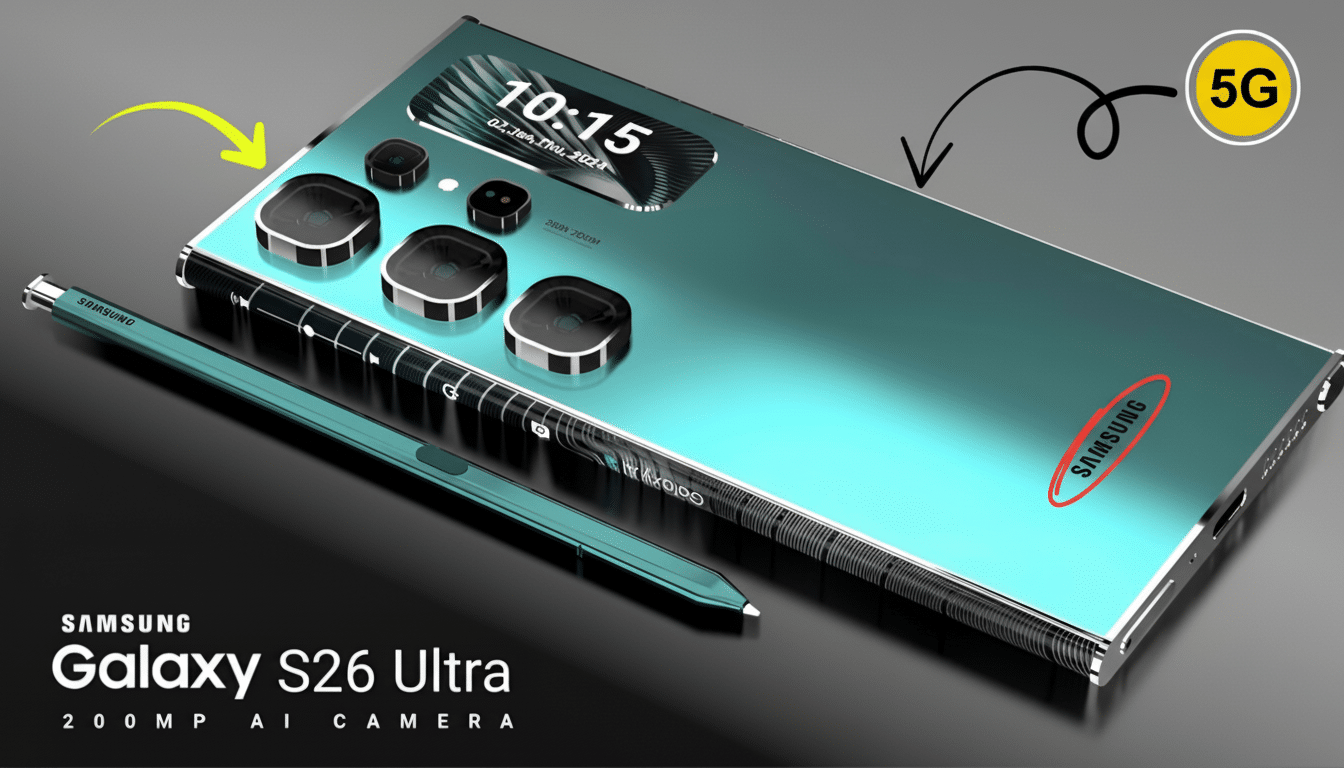Here’s a new leak that is now painting a picture of an outlier in this otherwise predictable timeline—Samsung’s next Galaxy S flagship is coming much earlier than normal, and its retail date is more expedited compared to recent cycles. Buyers also have a thorn, though: The Ultra is the only model with Qualcomm’s top-flight Snapdragon chip, while reports say the standard Galaxy S26 and S26 Plus will pivot to Exynos. And as prices of components rise, the Galaxy S26 Ultra could be destined for an increase in price too.
Launch Window Advances and Quicker Availability
This Korean ChosunBiz report suggests that an earlier Unpacked is in the works, as part of a company-wide push to bring forward schedules disrupted by lineup shake-ups.

Samsung’s traditional cadence for its S series smartphone announcements and on-shelf dates has been an ample gap; this time, that gap is reportedly going to shrink, which will be good news for those who want to buy now rather than weeks from now.
The approach jibes with the broader competitive environment. Chinese brands have been fast in their next-gen flagship cycles and Apple’s costly iPhones are still setting early-year pace. Getting the Galaxy S26 family—obviously it’s not yet known how Samsung will differentiate these handsets beyond size, cameras, and chip platform options—in stores earlier allows the South Korean firm to hit carrier-funded promotions ahead of time, get out there when upgrade intent is greatest (and trade-in values are highest), and better keep up with the fast-paced “AI phone” narrative that dominated the prior cycle.
It also represents a cleaner product lineup. Samsung is believed to have sunset the unfortunate Edge offshoot and shelved a Pro concept, while resurrecting the Plus. One person familiar with the situation who spoke to ChosunBiz said the Edge flopped; it sold through 74% less than the Plus over a similar span and presented evidence that fortified their push back toward a simpler Good-Better-Best mix.
Chipset Split Is Here Again With Exynos 2600
The most recent leak suggests another familiar silicon split: The Galaxy S26 Ultra will come with a Qualcomm Snapdragon—probably a custom “for Galaxy” model of whatever top-shelf Snapdragon is next—and the S26 and S26 Plus both have some variety of Samsung’s Exynos 2600. The regional distribution wasn’t specified, leaving the possibility that some markets could still get Snapdragon in non-Ultra models.
On paper, the Exynos 2600 could be Samsung’s most interesting in-house processor in at least a couple of years. Industry scuttlebutt suggests a 3nm gate-all-around process and a fatter NPU to better target on-device AI workloads. If they materialize, that ought to result in enhanced efficiency and thermal behavior over the last-gen Exynos. Nevertheless, recent history explains why this division is important—independent testing of multiple S24-generation handsets demonstrated that Snapdragon models previously offered stronger GPU and sustained performance under load, which can impact gamers’ and power users’ preferences.
Qualcomm’s upcoming flagship should further advance ray tracing, upgraded AI accelerators, and faster ISP pipelines. Should Samsung continue to keep the Ultra on that silicon only, that performance chasm could reappear—and this time around, much less about day-one benchmarks than sustained speed, camera-processing consistency, and of course long-term software support for AI capability. Those buyers who are concerned about absolute performance will want to pay close attention to early reviews.

Anticipate a Higher Ultra Price Amid Rising Costs
There are also warnings that the Ultra is only going to get more expensive. The answer is simple: Qualcomm’s top-shelf SoC also fetches higher modem certification fees, memory and storage are getting pricier, and tariffs and logistics introduce friction in some of its most important markets. TrendForce pointed to multiple quarters of DRAM and NAND pricing increases, as component analysts contend that advanced packaging and leading-edge nodes are driving BOM costs higher throughout the industry.
For the last cycle, Samsung had held prices, but a repeat will be trickier to pull off. The calculus is that Ultra buyers will swallow higher sticker prices only if the device visibly leads in camera, screen, and AI features. That may be a harder sell if hardware upgrades are incremental. Ultra-premium phones are still gaining share, according to Counterpoint Research data, even as volume slips elsewhere, but customers become value-conscious when rival flagships launch aggressive trade-ins and carrier subsidies.
One complication: If the S26 and potentially S26 Plus do move to Exynos as an additional cost-cutting measure, will those cost reductions be passed on into stable pricing for the non-Ultra models—or will broader inflationary pressures still push them higher?
The leak doesn’t resolve that, and local policies could differ. Carriers have traditionally mitigated sticker shock with hefty bill credits—expect that playbook to come back into play.
What It Means for Buyers Weighing Performance and Price
The upside is availability. If Samsung shortens the time between launch and getting these things into retail, early adopters won’t be waiting long for these to arrive and inventory should hit more channels quickly. For buyers stuck between models, the decision may come down to silicon: if you want as much headroom for gaming and on-device AI features as possible, then the Ultra makes the safer bet—at a higher price. If value outstrips performance here, the S26 or S26 Plus could be a compelling device, especially if any potential Exynos efficiency gains come through in battery life and thermals.
As always, patience pays. Early pre-orders dole out incentives, but the best deals typically come after reviews validate real-world performance and carriers start chopping into their trade-in stocks. With a speedier launch and possible Ultra price hike, timing your upgrade—and choosing the right chipset—may be more crucial than ever.

